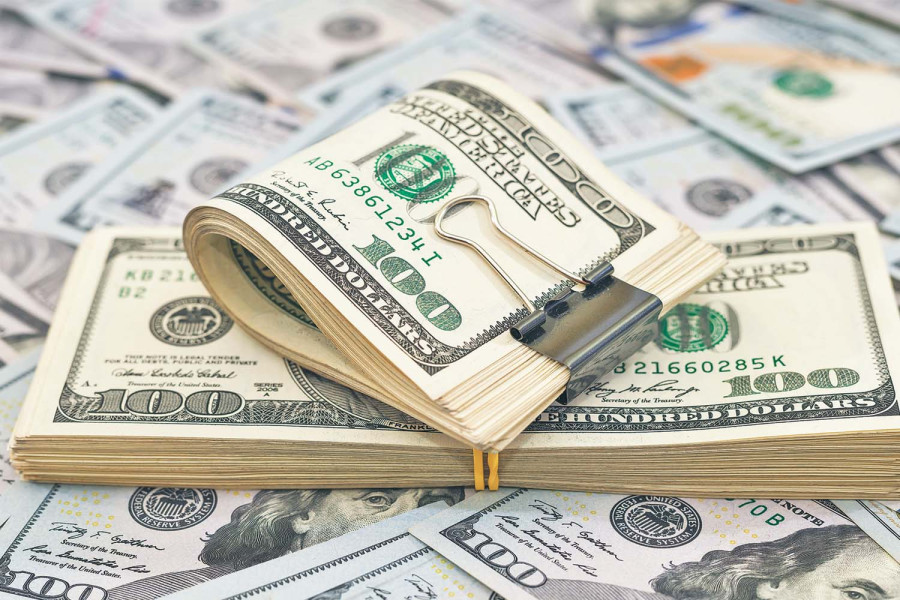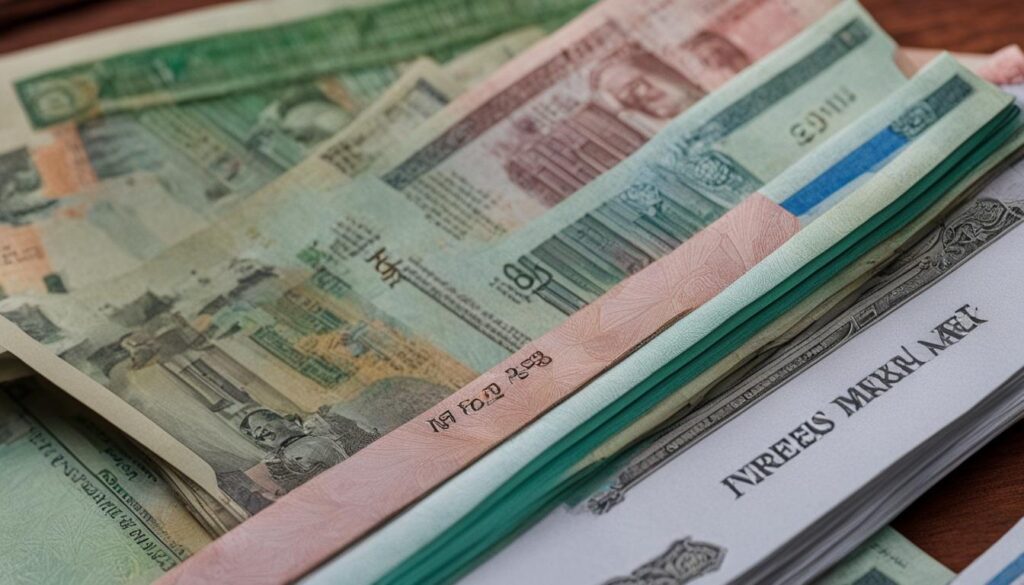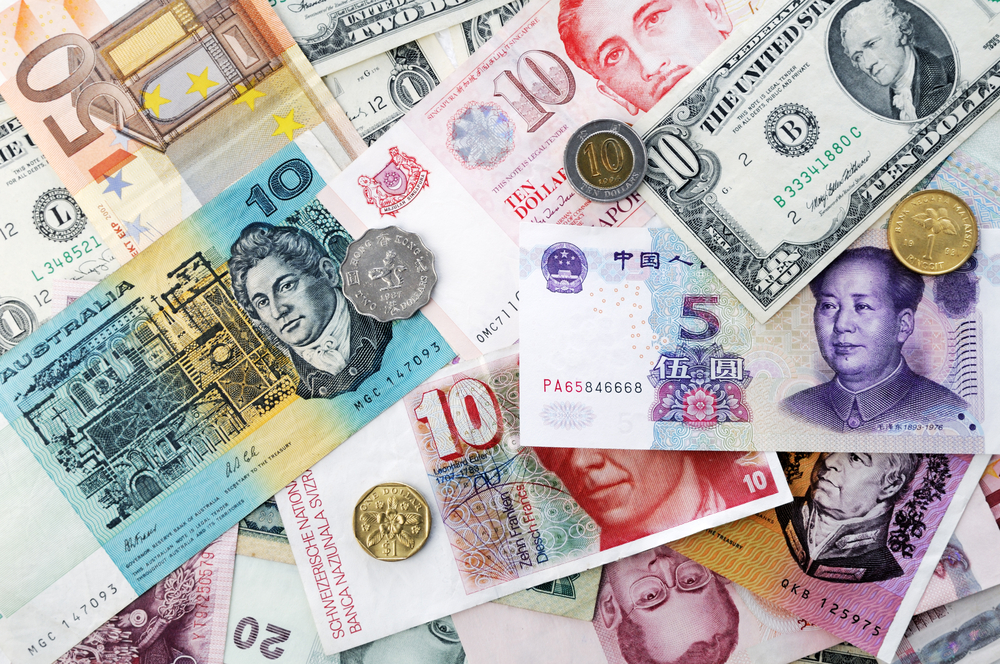The Nepal Rastra Bank (NRB) has officially published the foreign exchange rates for today, detailing the buying and selling rates of major global currencies in terms of the Nepali Rupee. These rates are crucial for traders, banks, businesses, and individuals involved in foreign exchange transactions, remittances, and international trade.
US Dollar Tops the List
According to the central bank, the buying rate of the US dollar is set at NPR 136.54, while the selling rate has been fixed at NPR 137.14. The American currency continues to hold a dominant position in Nepal’s financial transactions, particularly in remittance and import payments. Despite slight fluctuations in the global market, the dollar remains a key benchmark for exchange rate comparisons.
Euro and British Pound Maintain Strength
The Euro, another widely used global currency, is currently being traded at a buying rate of NPR 161.23 and a selling rate of NPR 161.93. Similarly, the UK Pound Sterling has maintained its robust standing with a buying rate of NPR 187.96 and a selling rate of NPR 188.79, reflecting its continued value in the global financial ecosystem.

Meanwhile, the Swiss Franc, another stable European currency, has been set at NPR 173.07 (buying) and NPR 173.83 (selling), indicating consistency with its traditional role as a safe-haven currency during times of economic uncertainty.
Dollar Rates from Other Regions
The Australian Dollar is being exchanged at NPR 89.88 (buying) and NPR 90.28 (selling). Likewise, the Canadian Dollar has a buying rate of NPR 100.34 and selling rate of NPR 100.78. The Singapore Dollar, which is often monitored by investors and Nepali expatriates in Southeast Asia, is pegged at NPR 107.42 (buying) and NPR 107.90 (selling).
Asian Currency Rates and Regional Trade Importance
Among Asian currencies, the Japanese Yen (for 10 units) is being traded at NPR 9.55 (buying) and NPR 9.60 (selling). The Chinese Yuan, increasingly significant in Nepal’s northern trade and investment ties, stands at NPR 19.06 (buying) and NPR 19.15 (selling).
Other important regional currencies include the Saudi Arabian Riyal at NPR 36.41 (buying) and NPR 36.57 (selling), and the Qatari Riyal at NPR 37.46 (buying) and NPR 37.63 (selling), both widely used by Nepali migrant workers in the Middle East.

Rates of Other Global Currencies
The Thai Baht is recorded at NPR 4.21 (buying) and NPR 4.23 (selling). The UAE Dirham, another Gulf-based currency used widely by Nepali workers, stands at NPR 37.17 (buying) and NPR 37.34 (selling). The Malaysian Ringgit is at NPR 32.53 (buying) and NPR 32.67 (selling).
The South Korean Won (100 units) is exchanged at NPR 10.09 (buying) and NPR 10.13 (selling), which remains significant for Nepali students and workers in Korea. Similarly, the Swedish Krona has a buying rate of NPR 14.47 and selling rate of NPR 14.53, while the Danish Krone is trading at NPR 21.61 (buying) and NPR 21.70 (selling).
High-Value Currencies Hold Premium Status
The Hong Kong Dollar is being exchanged at NPR 17.39 (buying) and NPR 17.47 (selling). Meanwhile, some of the highest-valued currencies include the Kuwaiti Dinar, with a buying rate of NPR 447.53 and a selling rate of NPR 449.50, followed by the Bahraini Dinar at NPR 362.13 (buying) and NPR 363.72 (selling), and the Omani Riyal at NPR 354.64 (buying) and NPR 356.20 (selling). These premium currencies are especially relevant to remittances coming from Nepalese working in the Gulf and other high-income countries.
Indian Rupee Rate Remains Fixed
As usual, the Indian Rupee (INR) has been pegged at NPR 160 for 100 units (buying) and NPR 160.15 (selling). This fixed exchange mechanism between Nepal and India remains vital for cross-border trade, daily transactions, and travel, particularly in the Terai and border regions.

NRB Notes Possibility of Rate Adjustments
Nepal Rastra Bank has clarified that these exchange rates are subject to change as per market demand and currency fluctuations. The central bank reserves the right to revise the rates at any time, depending on domestic and international financial developments.
Furthermore, NRB has stated that exchange rates set by commercial banks may vary slightly from the central bank’s rates due to service charges and operating costs. For the most accurate and up-to-date figures, users are advised to visit the official website of Nepal Rastra Bank, which regularly publishes updated currency exchange information.
Significance for Economy and Public Use
The daily release of foreign exchange rates by the central bank is essential not only for businesses and banks but also for students, importers, exporters, and migrant workers sending or receiving money from abroad. In an economy like Nepal’s, where remittances form a significant portion of the GDP, tracking currency value plays a key role in maintaining financial stability and planning personal or institutional finances.
With slight fluctuations in key currencies and steady pegging of others like the INR, today’s exchange rates reflect global economic trends and regional trade dynamics. The NRB’s transparent dissemination of this data ensures that the public, traders, and financial institutions can make informed decisions in their daily transactions.






